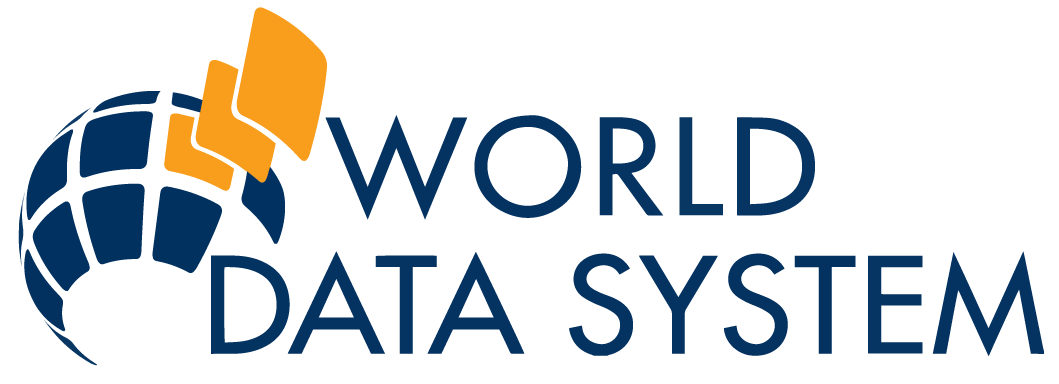Links
Donate
Donate to PSMSL
Networks and Programmes
Also see:
- National Sea Level Authorities
Web Access to Real-Time ('Fast'), Delayed Mode Sea Level Data or Related Information (e.g. Tidal Predictions) - Other Useful Addresses
International and National Networks and Programmes
PSMSL

The Permanent Service for Mean Sea Level (PSMSL) is the global databank for monthly and annual mean sea levels containing data from over 2000 sites. The PSMSL is in the process of applying for membership under the World Data Systems.
GLOSS

The Global Sea Level Observing System GLOSS is a programme of the Joint Technical Commission for Oceanography and Marine Meteorology (JCOMM) of the Intergovernmental Oceanographic Commission (IOC) and the World Meteorological Organisation (WMO) for the establishment of global and regional sea level networks. The main component of GLOSS is the 'Global Core Network' (GCN).
Information on each station in the GCN can be obtained from the GLOSS Station Handbook. GLOSS has newsletters on the web such as the Afro-America GLOSS News.
There is a web page for PSMSL and GLOSS related publications.
There is a special web page for GLOSS-Africa.
There is a special web page for
GLOSS in South
America.
Hawaii Sea Level Center
 The Hawaii Sea Level Center
based at the University of Hawaii operates the 'fast' GLOSS Sea Level
Centre, and produces the Research Quality Data Set (RQDS) of Delayed
Mode hourly sea level data.
The Hawaii Sea Level Center
based at the University of Hawaii operates the 'fast' GLOSS Sea Level
Centre, and produces the Research Quality Data Set (RQDS) of Delayed
Mode hourly sea level data.
CLIVAR (ex-WOCE) Sea Level Centres

The CLIVAR Sea Level Centres are operated at the University of Hawaii Sea Level Center and at the British Oceanographic Data Centre as `fast' and `delayed mode' sea level centres respectively for the Climate Variability and Predictability Programme. These functions evolved from the World Ocean Circulation Experiment (WOCE) Sea Level Centres at the two locations.
NTC Australia

The Australian National Tidal Centre operates the Australian Baseline Sea Level Monitoring Network and other Australian networks, in addition to its involvement in the South Pacific Network, the ASEAN Network and in sites in the Indian and Southern Oceans.
The Australian Antarctic Division works closely with the NTC on Southern Ocean sea level matters.
French Portal REFMAR (SHOM)

The portal REFMAR (SHOM) coordinates the collection, archiving and dissemination of observations of sea level on all areas under French jurisdiction. This includes the RONIM and ROSAME networks notably (a full listing), with tide gauges sites in the southern Indian Ocean, the Pacific Ocean and the Caribbean. Sea level observations are available in the form of unvalidated heights (raw data), validated heights, and surge values.
UK South Atlantic Network
MEDGLOSS - Mediterranean and Black Seas

MedGLOSS is a sea level programme for the Mediterranean and Black Seas under the auspices of the CIESM and IOC.
NOOS - North Sea
The North West Shelf Operational Oceanographic System (NOOS) web pages contain near real-time sea levels for the North Sea area.
A similar near real-time display for the European Atlantic coast can be found in the Sea Levels along the European Atlantic Coast (SLEAC) web pages.
BOOS - Baltic Sea
The Baltic Operational Oceanographic System (BOOS) has established a real-time sea-level web page for Baltic countries.
IOC Sea Level Station Monitoring Facility
This site provides a monitoring service for real time sea level measuring stations that are part of IOC programmes: i.e., (i) the Global Sea Level Observing System Core Network and (ii) the networks under the regional tsunami warning systems in the Indian Ocean (IOTWS), North East Atlantic and Mediterranean (NEAMTWS), Pacific (PTWS) and the Caribbean (CARIBE-EWS). The site is developed and maintained for IOC by the Flanders Marine Institute (VLIZ) in Oostende, Belgium.
ODINAFRICA
The Ocean Data and Information Network for Africa (ODINAFRICA) brings together marine institutions from twenty-five Member States of the IOC of UNESCO from Africa to improve the management of coastal and marine resources and the environment in participating countries.
Various Americas
See under GLOSS above for the GLOSS South America web pages.
Caribbean: Planning for Adaptation to Climate Change (CPACC/MACC Sea
Levels),
see CPACC pages at IMA.
Water Level Observation Network for
Latin America (RONMAC)
The Texas Coastal Ocean
Observation Network
South Pacific
South Pacific Sea Level and Climate Monitoring Project Project for which the sea level component is operated by the Australian National Tidal Centre
GLOUP

The GLOUP (Global Undersea Pressure) is the global data bank for ocean bottom pressure measurements. This activity is an important contribution to the study of ocean circulation and tides, and was established formally as a sub-activity of the PSMSL in 1999. Pelagic Tidal constants are available under GLOUP.





